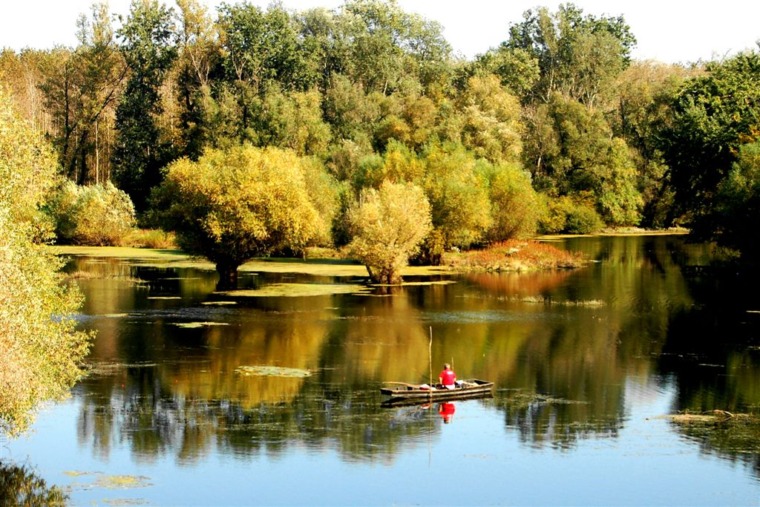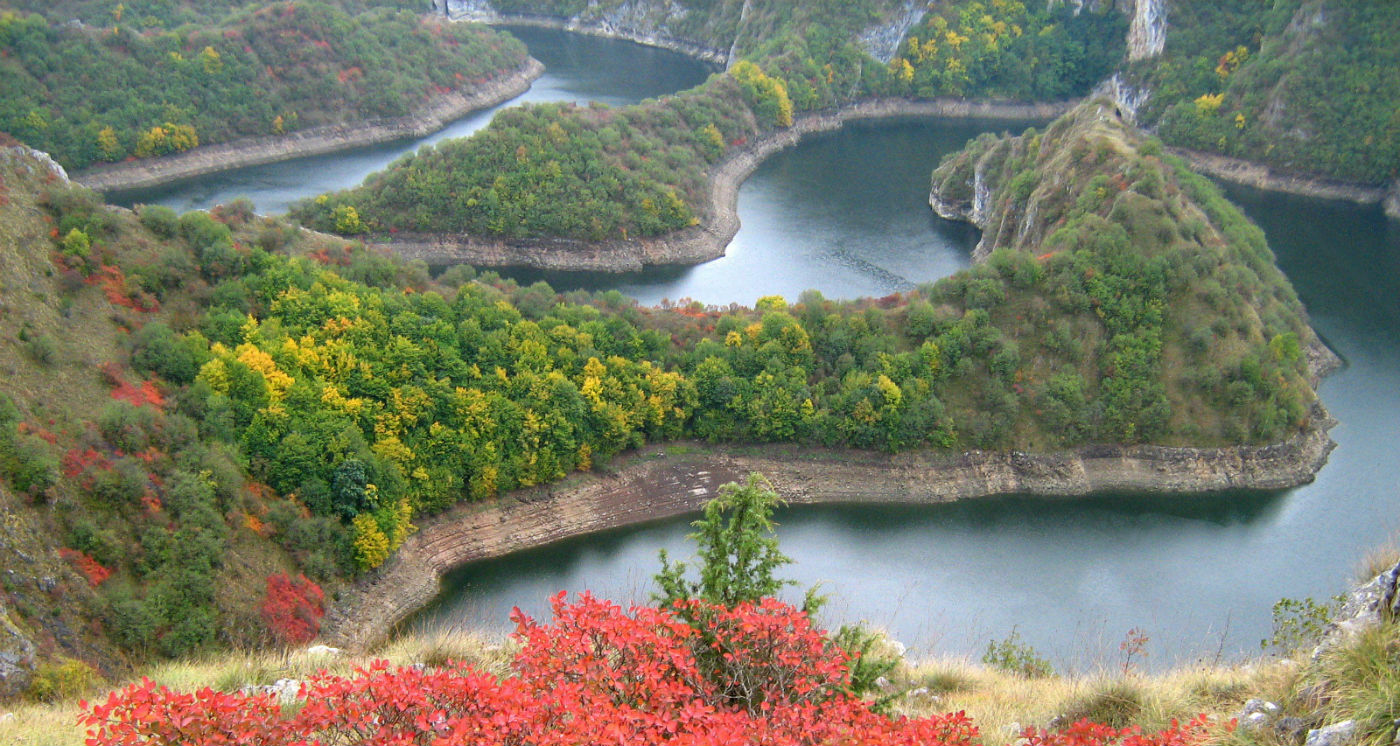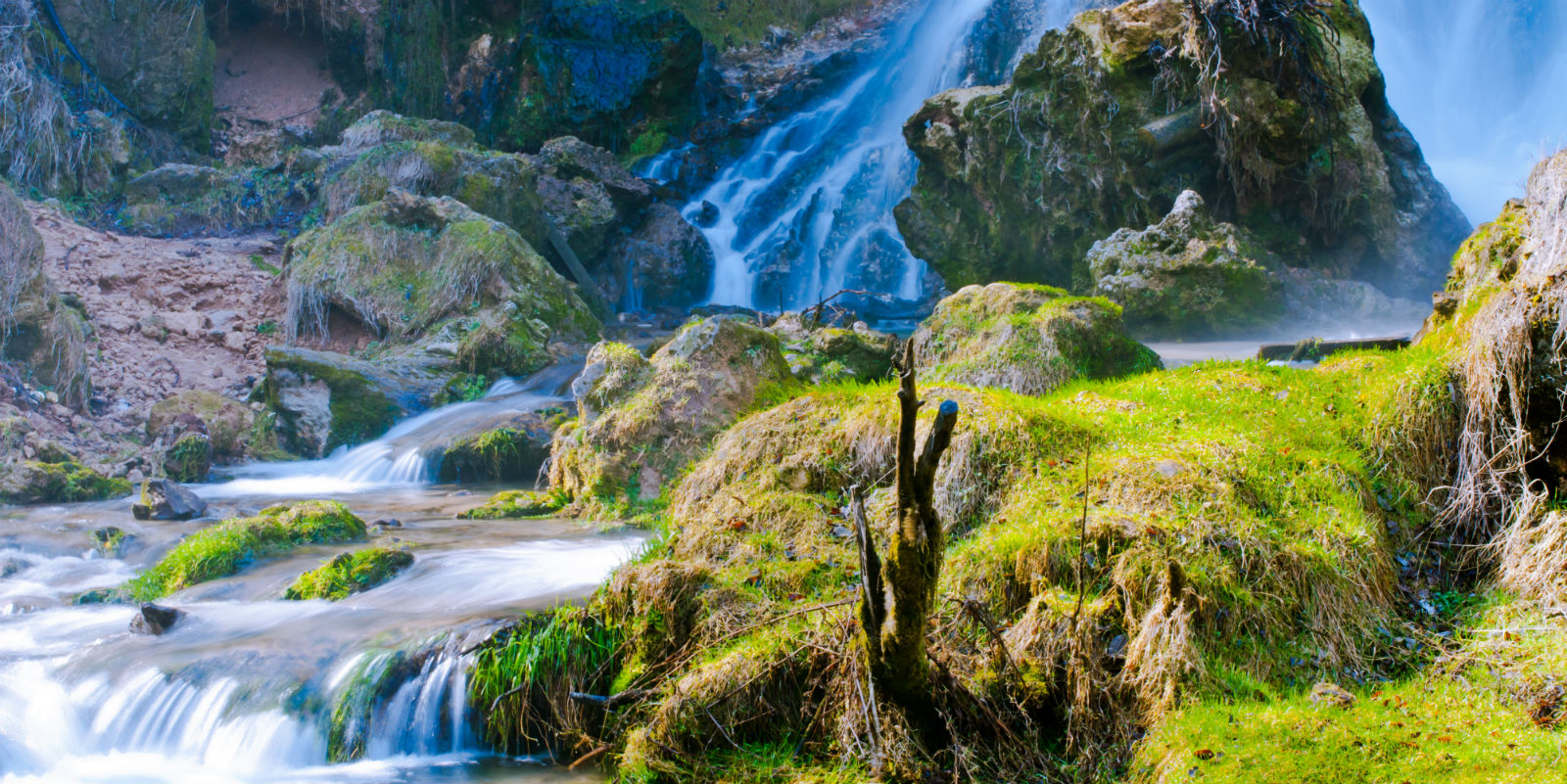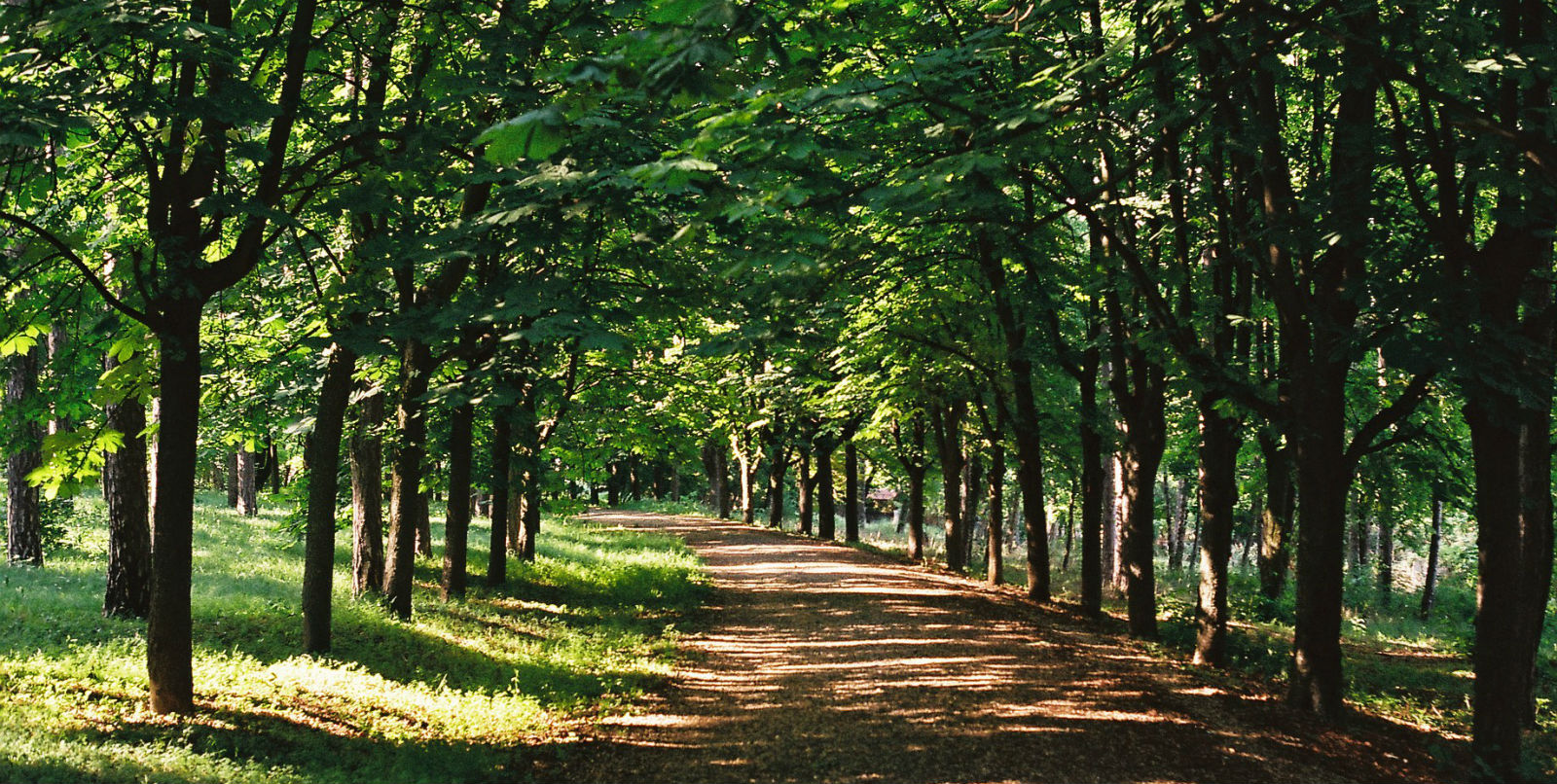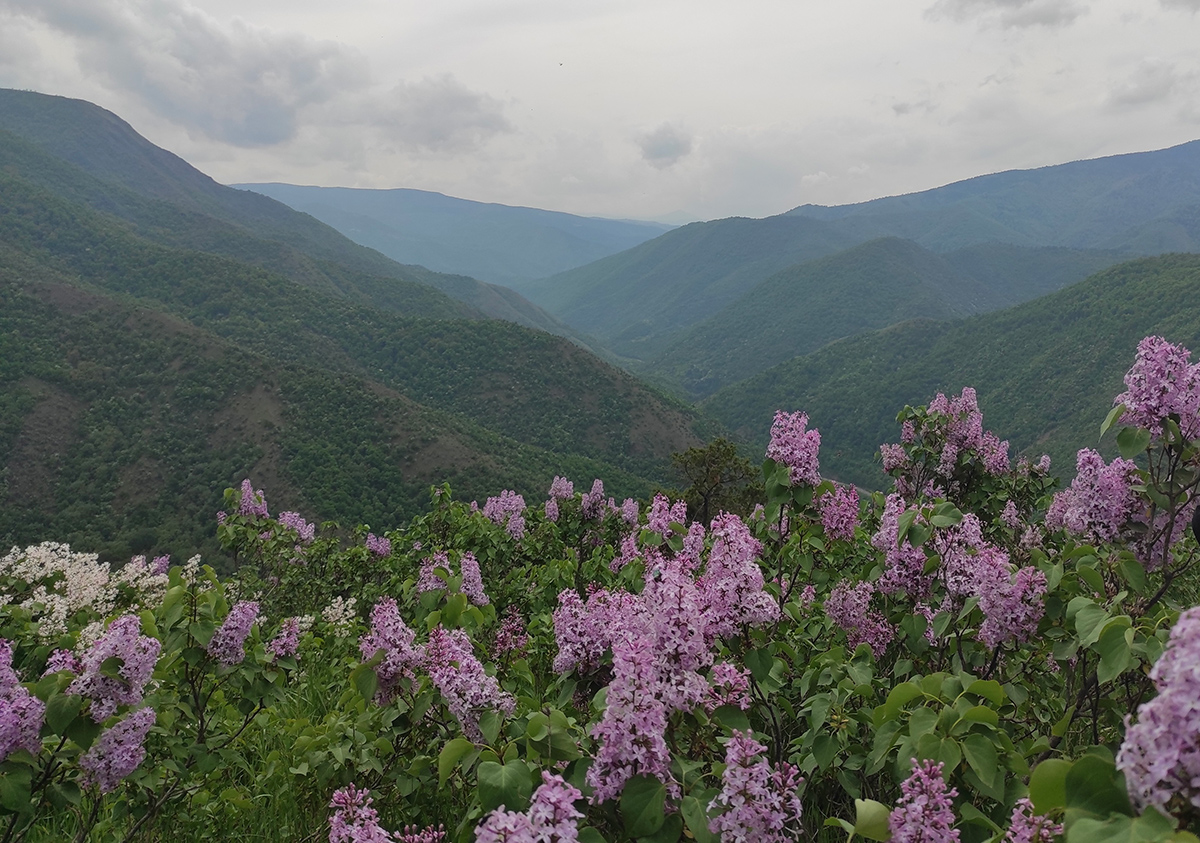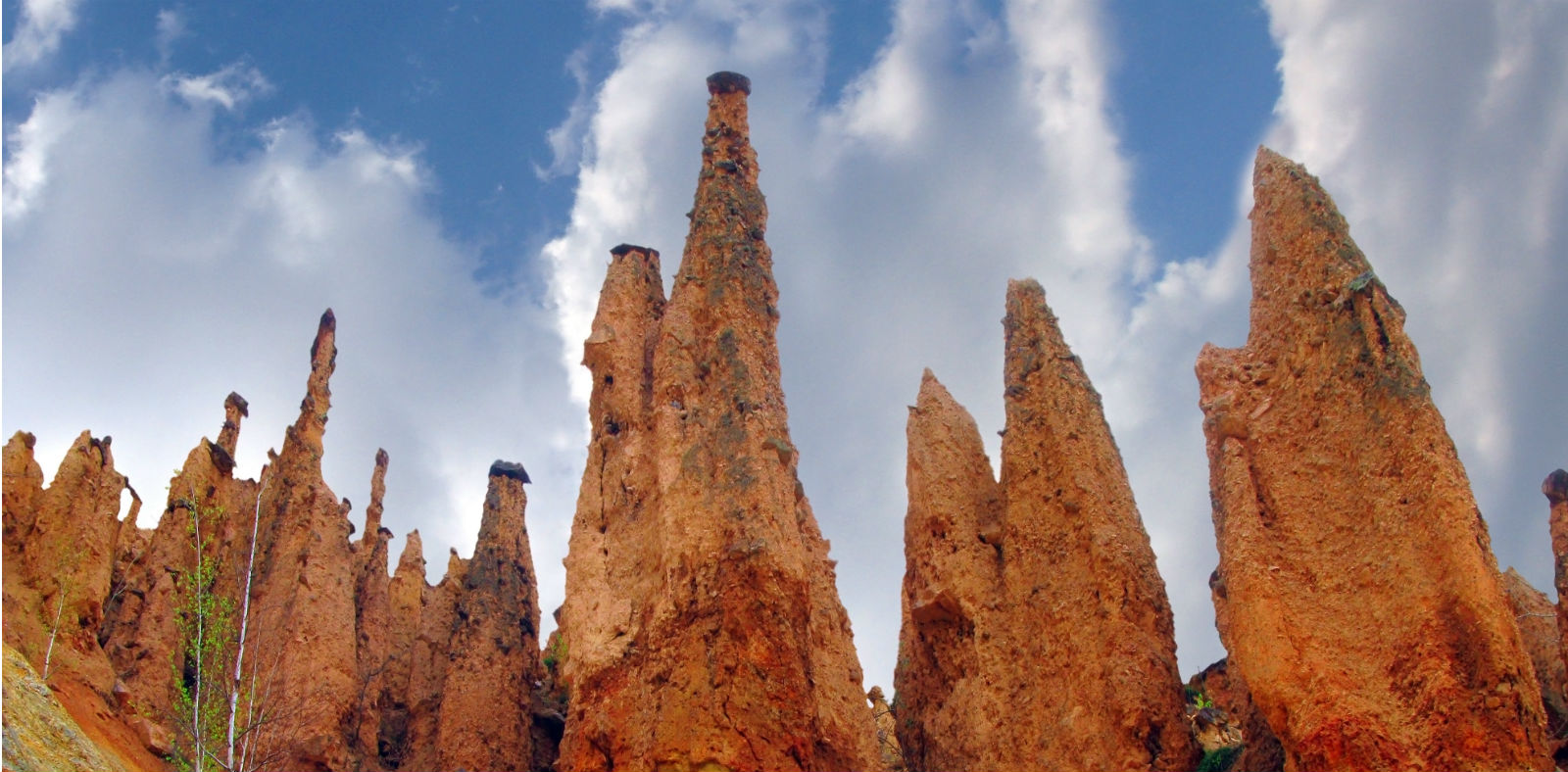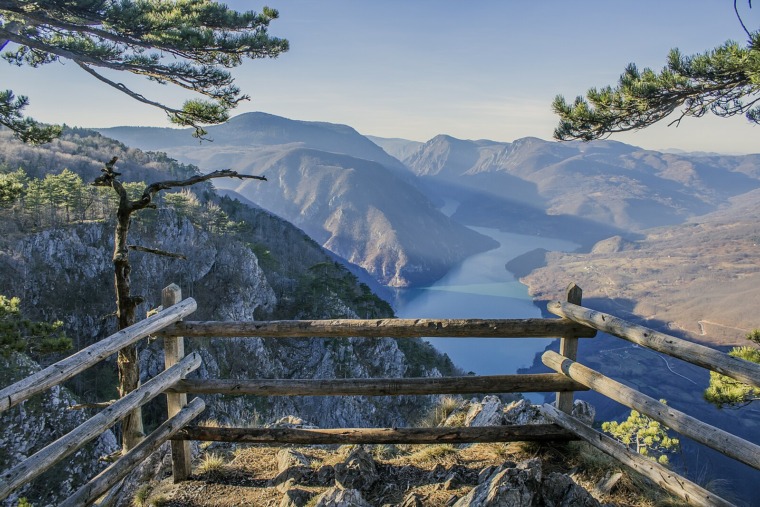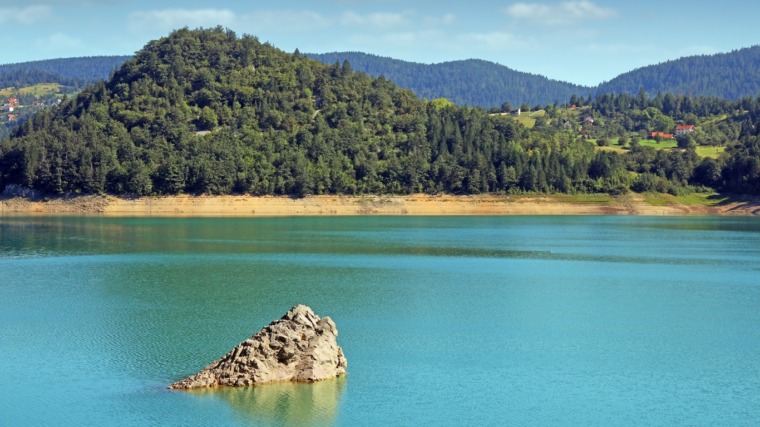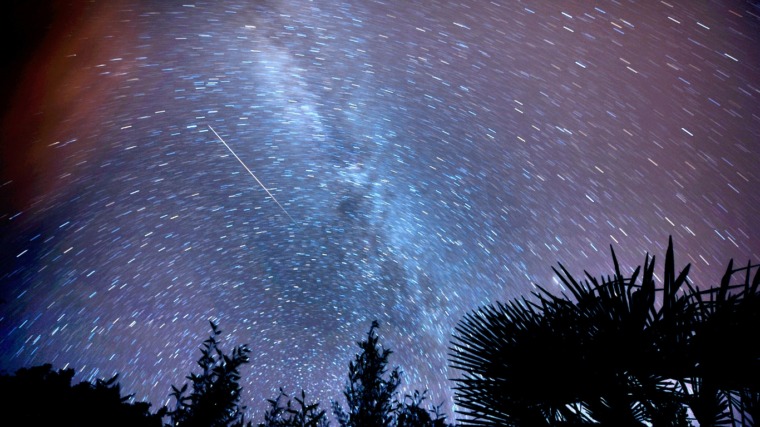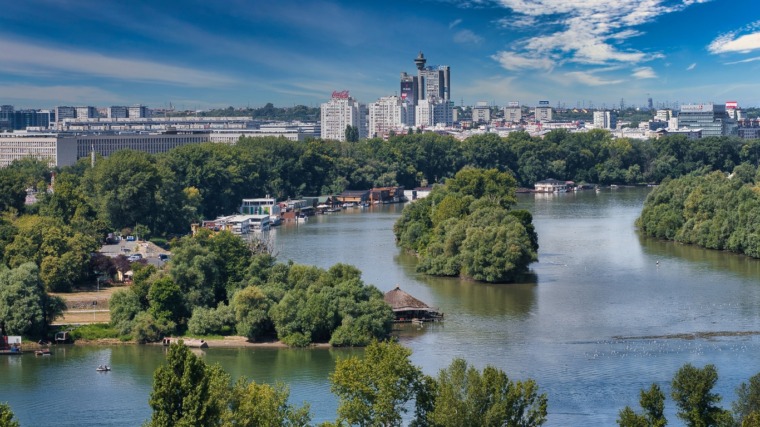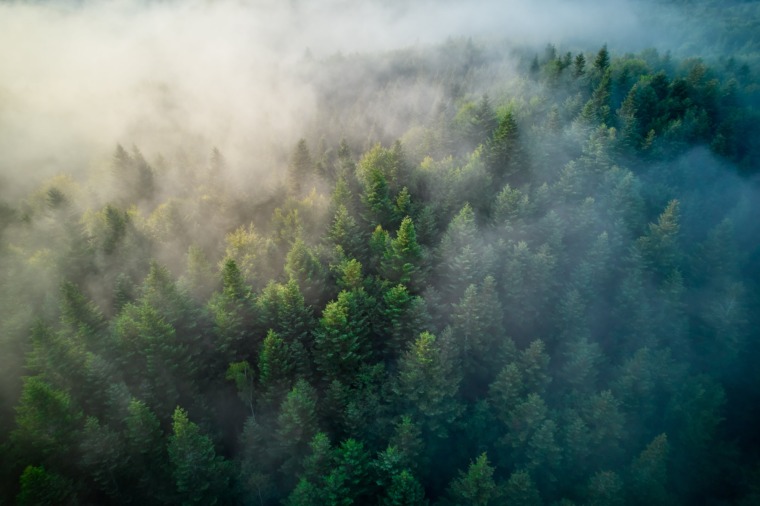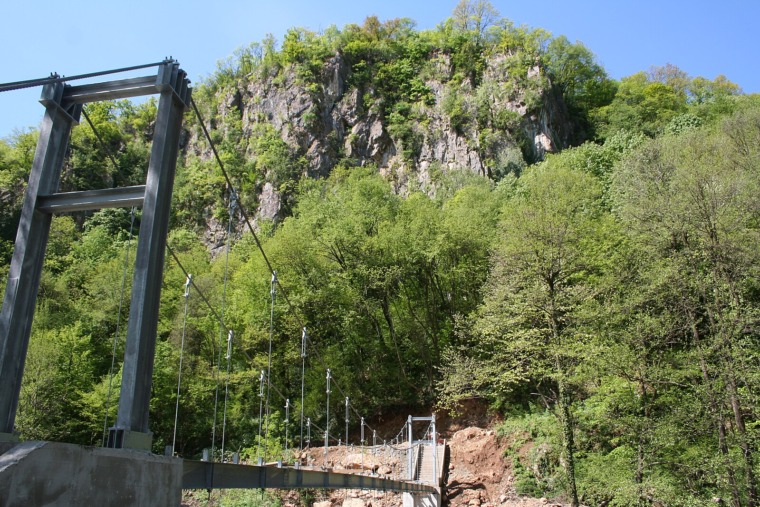One of the last deserts in Europe, stretching over 300 square kilometers, Deliblato sands was created by the wind that brought the sand.
If you visit Deliblato sands, you will be walking across the last desert in Europe. Those who dare will participate in wolf hunt, others will enjoy the beautiful nature and almost picture perfect landscapes of Africa in the heart of Europe.
The unique phenomena in this corner of the world – “the European Sahara”, as it’s popularly named, Deliblato sands is the place that mustn’t be overlooked! It was created by the creative power of the wind that brought sand creating the desert-like relief. The endless Pannonian plain did the rest.
Significant temperature fluctuations between day and night are even more evident in temperature fluctuations between seasons. The absence of surface water and the squally wind “košava” blowing at hurricane speeds of 180 kilometers per hour contribute to the true sense of being in the desert.
Due to its diverse flora and fauna this area was declared the special nature reserve. Deliblato sands covers 300 square kilometers, while the sand dunes are surrounded by fertile loess hills inhabited by numerous plant and animal species. This is a true paradise for all nature explorers looking for an adventure in truly unique ecosystem.
Deliblato sands is home to 900 species of plants, among which are the Banat peony, the Pančić wormwood and some other rare species that can only be found here. Twenty species of orchids attract flower connoisseurs from around the world who come here every spring to enjoy the beauties of just awaken nature.
The majority of animal species living here are rare species that can’t be seen in the rest of the old continent.
These are species found in steppe habitats like desert ant, ant-lion, Banat falcon, imperial eagle, steppe gerbil, steppe skunk and others. For some of them Deliblato Sands is the only or one of the few remaining habitats in Serbia. A distinctive feature of this area is permanent population of wolves, thus giving you the sense of being in true wilderness.
A famous hunting ground is found within Deliblato sands and is visited each year by numerous hunters from around the world. Hunters can try their luck hunting deer and wild boar, while more daring ones can go wolf hunting. With all necessary permits, you can take your trophies home and have something to boast of.
Loose sands used to be a major problem in Deliblato sands as it was spreading across the Pannonian plain carried by wind. However, the changes in relief and human influence changed it. Yet the name Deliblato sands remains, it became the European Sahara and the oldest desert in Europe. Does it really look like a desert? It is up to you to decide.
How to get to the Deliblato sands?
Deliblato sands is located 100km from Belgrade, and it is best to take the Pančevo–Kovin-Bela Crkva road. Buses from the Belgrade bus station to Bela Crkva are frequent.
From central Serbia, the easiest way to get to this region is from the direction of Kovin over the Smederevo bridge and Deliblato sands. If you are traveling from Vojvodina, head towards Bela crkva over Vršac.
When you are already here don’t miss…
…walking around every town you run into until Vršac because that is the way you will get to know the specific mentality of the people from this part of Serbia, seeing the many picturesque churches built in Baroque style, trying Vojvodinian cuisine.
If you are coming during summertime, take your swimsuits with you because you will come across many wonderful beaches on the Danube. Only 65 km from Belgrade in Gaj village turn right and you will soon get to one of the nicest beaches from which you can go via raft to Viminacium (Roman military outpost and city), or take a skimmer to “Srebrno Jezero” (eng. Silver lake).
The unforgettable experience of Deliblato Sands allows you to see deer, roe and pigs on the fields only a few feet away.
Vršac, one of the most beautiful cities in Serbia, with its landmarks waits for you to discover it.
The Vršac wine route is also located in this part of the country, so the locals won’t let you leave without trying a glass of this ambrosia from the Banat vineyards. And if you find yourself here in the third weekend of September, don’t miss the “Dani Berbe” (eng. Harvest days), an event at which you can try the best wines of this region.
Related Articles
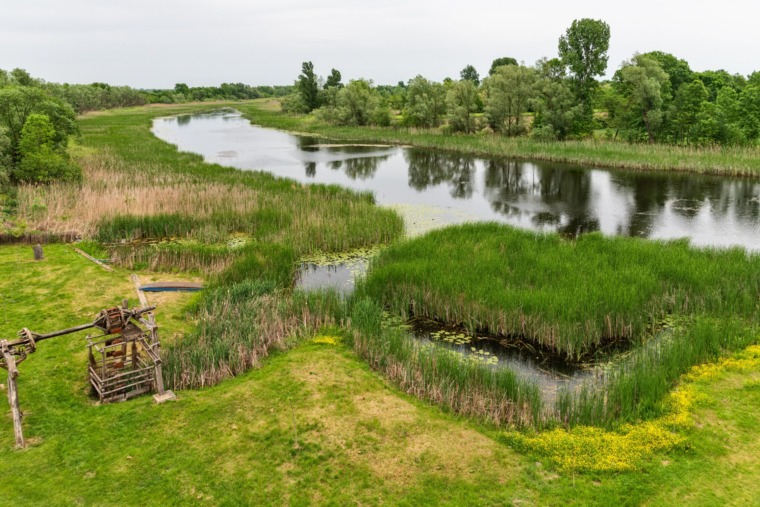
Zasavica: A Peaceful Nature Retreat by the River
November 1, 2025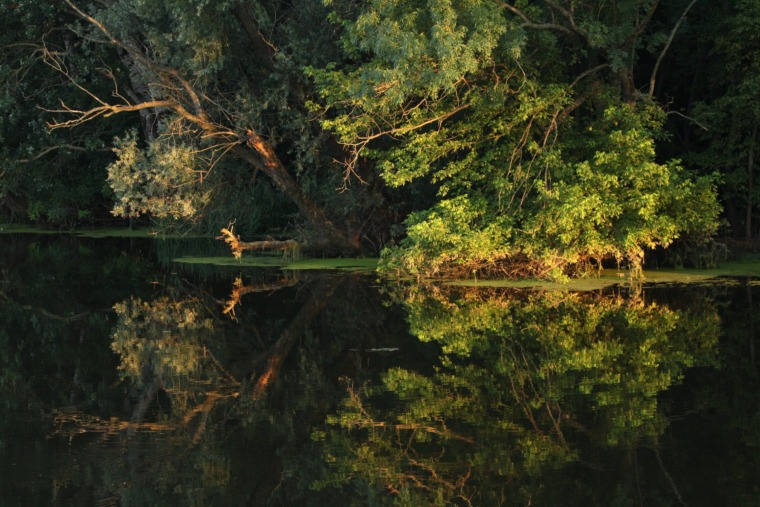
Carska Bara – The Imperial Wetland of Vojvodina
September 17, 2025